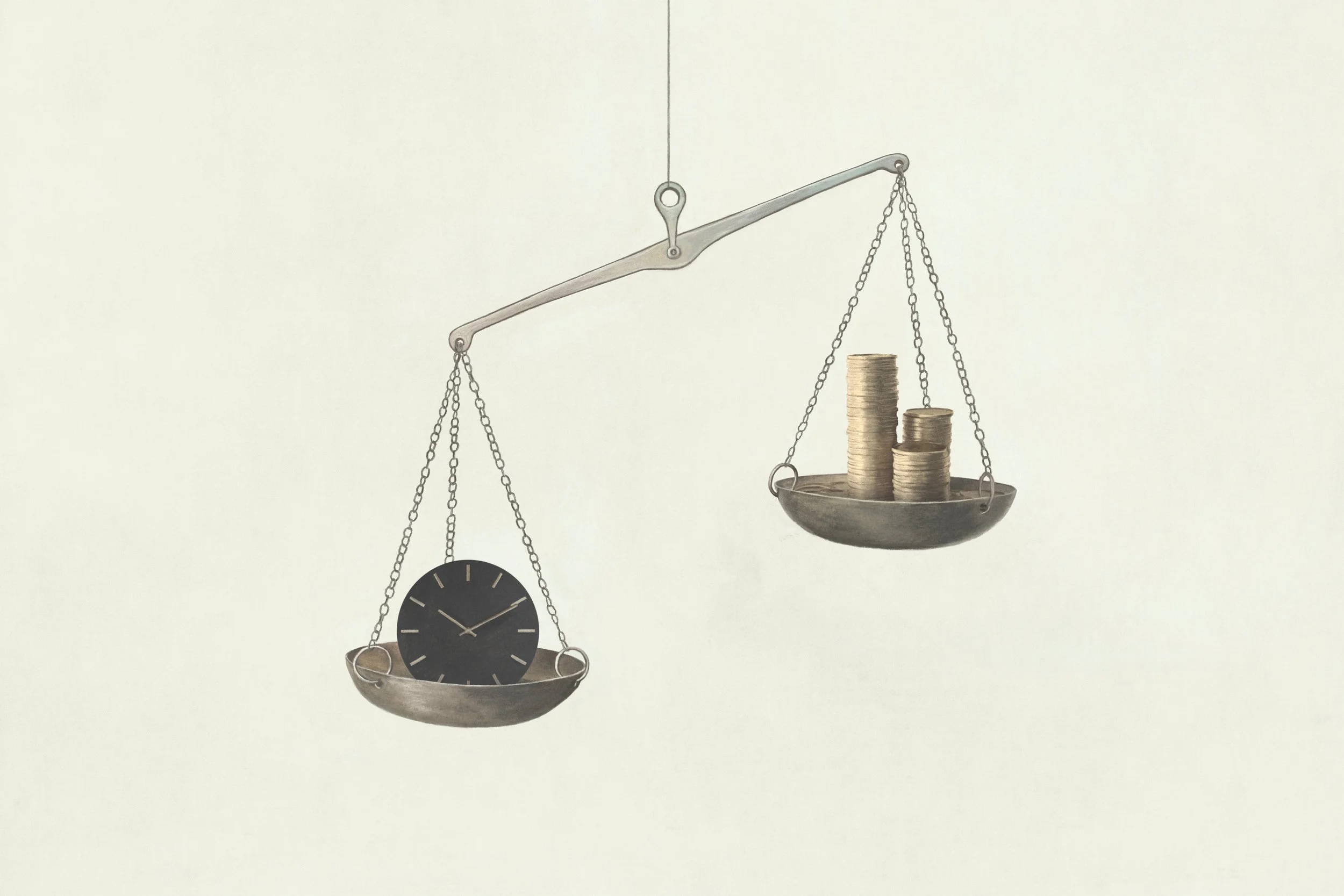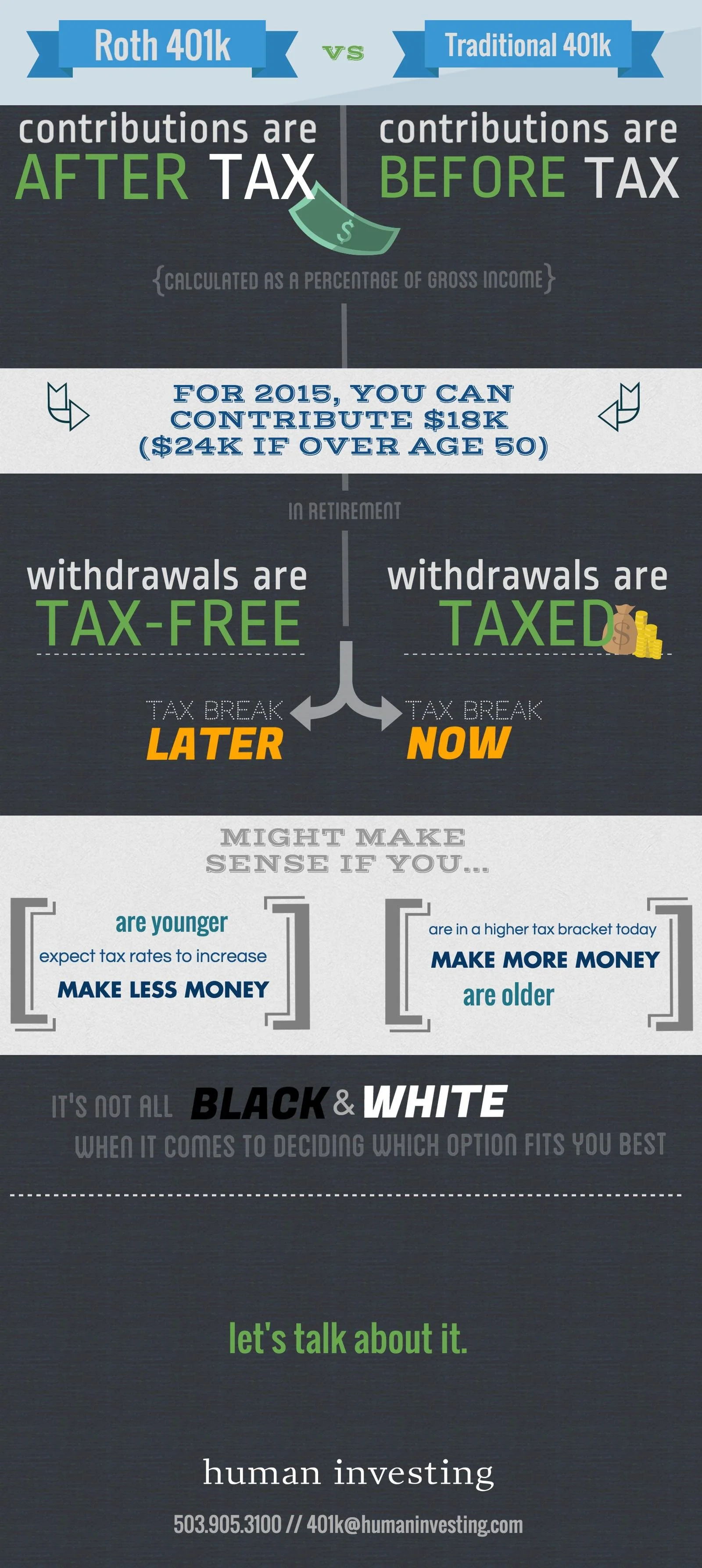We are now crossing a zone of turbulence. The Captain has turned on the fasten seat belt sign. Please remain seated. Thank you.
Human Investing serves as a fiduciary on a variety of employer-sponsored retirement plans. We get the opportunity to meet with individuals with different vocations, interests, and life goals. This is because we advise retirement plans ranging across different industries, different ownership structures, and different geographic locations. We have also established on-site client visits at different points in the year.
Over the years, we have provided advice throughout different market highs and lows.
That’s a lot of differences.
Despite these differences, we have a similar conversation with each retirement plan participant. We remind participants that it’s the decades and not the days that are important for building one’s retirement savings. Given the current market volatility, it’s not surprising that we have been receiving more phone calls than usual. And these calls are welcomed! It is our job to ensure that participants feel equipped and empowered to survive this turbulence.
Both financially and emotionally, one of the best ways to thrive in market volatility is to ensure that you have created a sound strategy for your 401k account.
What do we think is a sound strategy?
When we meet with 401k participants, we discuss their expected retirement age and then check these three boxes:
Savings Rate
Tax Advantages
Investment Strategy
Your retirement horizon is a key driver for the synchronization of tax advantages, a contribution amount, and an investment strategy geared for your retirement age. If we have spoken before, then we would have checked these boxes. Note that market volatility in and of itself does not uncheck boxes, but it often prompts us to review our account setup.
If you are not expecting to access your dollars soon, then my gentle reminder to you is as follows: by doing nothing, you are doing something. If you sustain your contribution rate and remain invested in the stock market, your account will grow over time. To illustrate this concept, see the chart our team created to show the importance of being invested today.
Total values (assuming a 7% annual rate of return and an inflation rate of 3.22%). Actual results will vary.
Lastly, and most importantly, we recognize that today is stressful. We feel it, too. Quite frankly, there is something for everyone to worry about. Please take precautions and be mindful that your mental and physical health is of utmost importance during this time.












































